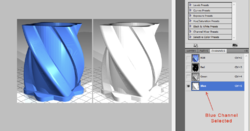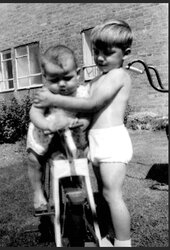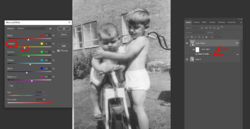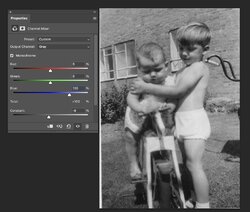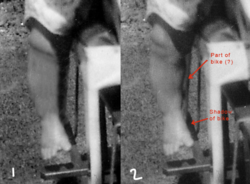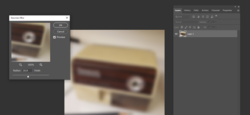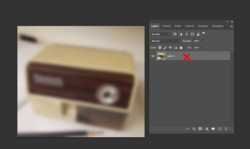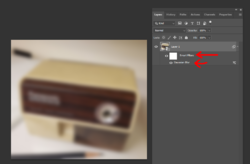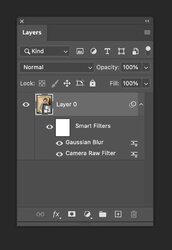RedDwarf4Ever
Well-Known Member
- Messages
- 86
- Likes
- 7
Hi
I am removing a colour hue from an old B&W photo, could be something was spilt on it. I used CHANNELS and only left the Blue selected, and it removed the colour very well. Then I used LEVELS
which improved it even further, but I cant work out how to set the CHANNELS and LEVELS changes, I save the image, but when i reload it the discolouration is as before. I know its something simple, but my research has been fruitless, thank you
I am removing a colour hue from an old B&W photo, could be something was spilt on it. I used CHANNELS and only left the Blue selected, and it removed the colour very well. Then I used LEVELS
which improved it even further, but I cant work out how to set the CHANNELS and LEVELS changes, I save the image, but when i reload it the discolouration is as before. I know its something simple, but my research has been fruitless, thank you

